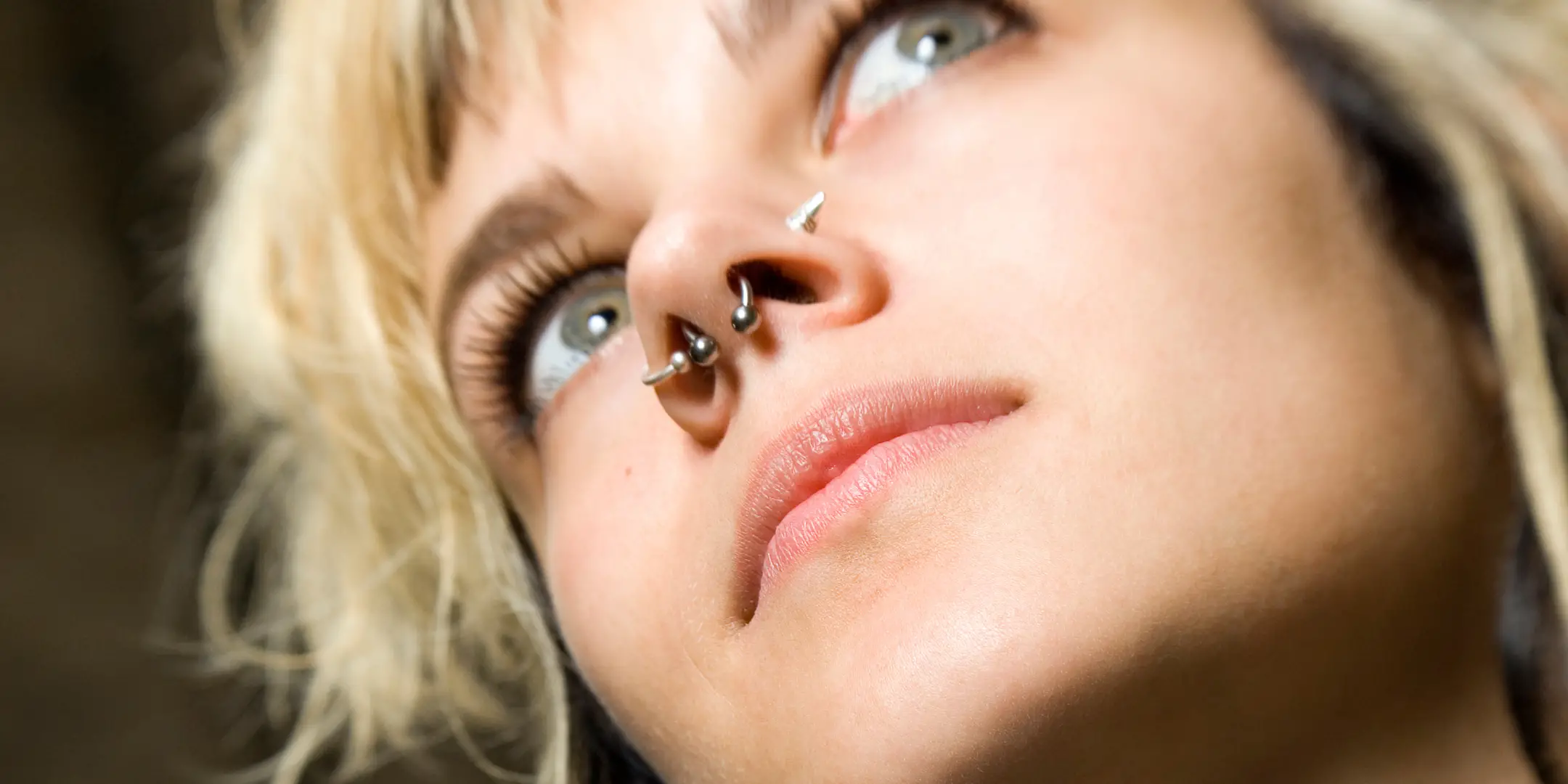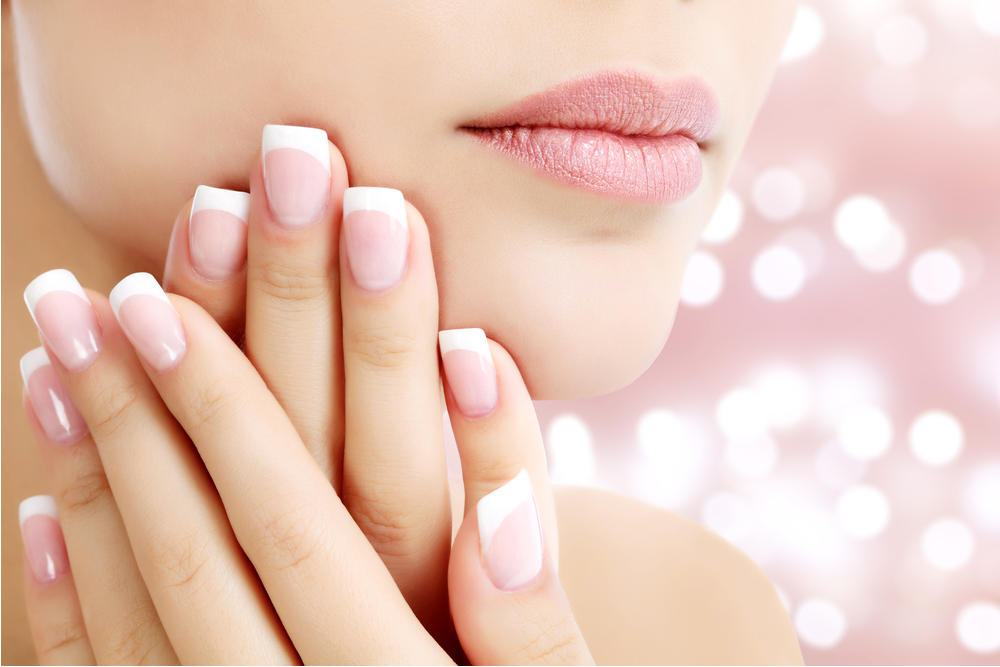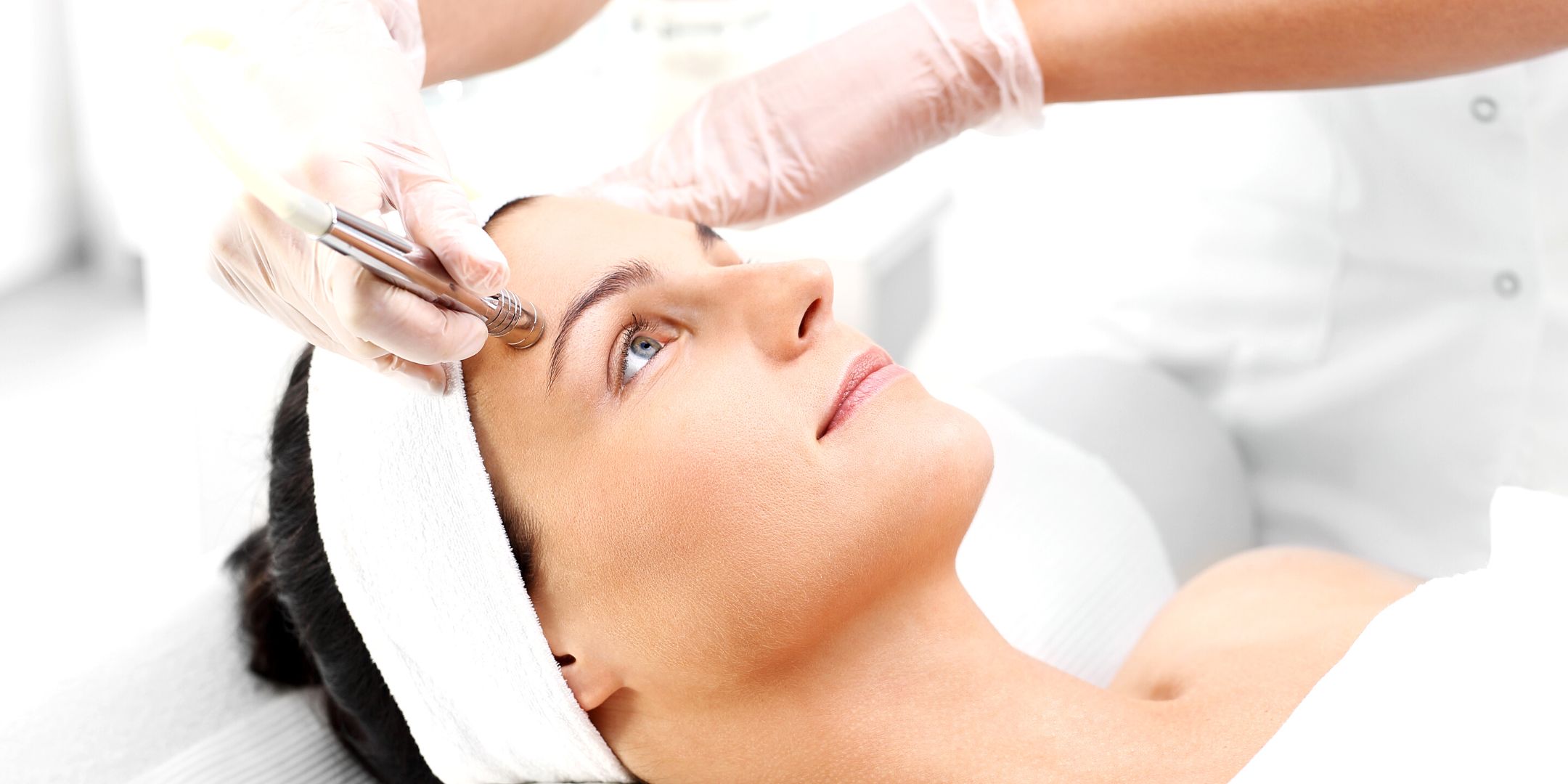Of late, invasive, noninvasive, and minimally invasive options are available to eliminate the fat from your upper pubic area. Among the noninvasive choices, injectables are gaining popularity.
Notably, Kybella injection can be considered an adequate treatment of choice among nonsurgical and non-invasive treatments.
Before you go ahead with Kybella injection to get rid of your FUPA, it is significant to gain some insights on FUPA and Kybella to assess the worthiness and efficacy of the procedure.
FUPA – What is it?
FUPA, or fatty upper pubic area, denotes the surplus fat hanging in the frontal region between your hips and above your pubic bone. FUPA is a concern for many people, especially pregnant ladies.
Some people with FUPA might rely on home-based methods for eliminating FUPA, while others might go for cosmetic procedures.
FUPA Reduction: Challenges With Home-Based Methods
Home-based treatment is a good option, but it may not yield promising results. Hence, invasive and noninvasive approaches are sought for treating FUPA.
FUPA is tough and stubborn to get rid of through home-based techniques alone. The reason is the location of FUPA. Anatomically, your upper pubic area is a smaller territory in your frontal abdominal region. It does not fold up or close as easily as your abdominal layer when you bend down or up.
Regular exercising helps in fat dissolution but only in some areas of your body. It supports only when your targeted muscles and fat tissues are involved in repetitive stretching and contractions.
Your upper pubic area cannot be subjected to forcible stretching or contraction. Even after hours of rigorous exercising, you may find the area unimpacted.
Your efforts in intensive workout sessions could reduce overall body fat but disproportionate to your FUPA. Hence, to overcome this, people tend to go for clinical methods to get rid of FUPA.
Why Kybella for FUPA Removal?
More people seek injectable treatments over invasive/surgical techniques because of the significant risks involved in surgical methods including:
General Postoperative Risks:
- Bleeding
- Skin Laxity
- Unfavorable Reaction To Anesthesia
Risks Specific To Liposuction:
- Fat Embolism: Loose fat cells can drift away and get caught in a blood vessel. They either crowd in the lungs or journey to the brain leading to a medical emergency.
- Lidocaine Toxicity: Sometimes, the anesthetic agent Lidocaine used during the procedure can become toxic, leading to problems of the heart or central nervous system.
- Kidney, Heart, And Lung Problems: Fluids are injected and siphoned in Liposuction, resulting in a shift in fluid level. This could cause problems to the heart, lungs, or kidneys.
- Puncture Of An Internal Organ: A cannula can prick an internal organ. This could warrant a surgical repair.
- Permanent Contour Irregularity: If the fat removal is uneven, the skin could become bumpy, which could be permanent, giving a wavy appearance.
Kybella for Mons Pubis: Advantages Of Injectables Over Invasive Techniques
The procedure of breaking down fat tissues through injections is called injection lipolysis. Injectables might be the best option for Kybella for the following reasons:
- Anesthesia: Not required. Only topical anesthesia is given.
- Procedure Setting: Clinician’s office.
- Scarring And Suturing: None. The injection causes a small prick.
- Procedure Period: Around 15 minutes
- Downtime: None. Some patients may require a few minutes to ice the site.
- Return To Activity: Same day.
Now, let us explore Kybella and how it works for FUPA removal.
What Is Kybella and How Does It Work?
Deoxycholic acid is a compound present in the gastrointestinal tract of human beings. It aids in fat tissue destruction or medically “lipolysis.” Kybella is a non-human, non-animal synthesized version of this naturally occurring deoxycholic acid.
Kybella: Mechanism Of Action
Kybella performs the same way as deoxycholic acid does. When injected into your body at a particular site, it destroys the fat cells, which are then pushed out from your body through the lymphatic system.
Neocollagenesis, or the process of producing fresh collagen, begins simultaneously. It contributes to skin tightening and helps metabolize the fat, resulting in a tighter appearance of the skin in the treated region. Along with fat reduction, a pleasing skin contour is achieved.
Kybella For FUPA Removal: Off-Label Use
Though Kybella injection for FUPA treatment is gathering momentum, with respect to FUPA reduction, Kybella is not the recommended first line of treatment. Currently, “Kybella for double chin” is approved by FDA for submental fat treatment.
Therefore, using Kybella for fat removal from the upper pubic area may be considered for off-label treatment/use. Nevertheless, cosmetic surgeons attempt Kybella in some patients with varying degrees of success.
Kybella For FUPA Removal: Advantages and Disadvantages
Being a nonsurgical approach, Kybella for FUPA removal has obvious benefits and some demerits.
Advantages
- No downtime: It belongs to the “lunch hour” treatment category. The patients can return to work immediately.
- Painless: You will have minimal or no pain at all.
- Invasiveness: Compared to a pubic lift procedure, Kybella is less invasive.
- Long-lasting Results: Kybella permanently dissolves the fat cells. The results of Kybella treatment become evident by eight weeks.
- Anesthesia: No general anesthesia is required. Only topical.
- Scarring or markings: As a subcutaneous injection, no incisions or cuts are made; hence, no scars are visible after the procedure.
- Injection site hematoma, alopecia, ulceration, and necrosis: Rare.
Disadvantages
- Common post-procedural side effects could be noted, which include swelling, pain, numbness, bruising, and redness at the injection site.
- Multiple visits may be necessary for Kybella injection treatment. Around 2 to 4 treatments may be required at monthly intervals. A single session could render imprecise results if not completed in a series.
- Rarely, for some patients, the results may not be as effective as expected.
FUPA Removal Using Kybella – Cost:
Kybella may cost around $800 to $ 1800, based on its area of operation. Specifically speaking, Kybella might cost an average of $1400 to $1800. It might vary depending on the following factors
- Surgeon’s expertise.
- Location.
- Number of vials used.
- Miscellaneous factors.
Kybella For FUPA: Choosing Your Surgeon
Kybella injections can be administered by cosmetic physicians or surgeons and non-physician injectors.
Kybella provides results similar to a surgical approach due to the retraction effect it can produce on the skin. So, administering the correct dose throughout the individual number of treatments in the series is essential.
Hence, deciding the dosage correctly and the number of treatments you need is vital. If you are not inclined to go for more than one treatment, you may not be an eligible Kybella candidate.
Plastic surgeons have the liberty to adjust the quantity of the amount you need to be injected. They are also allowed to widen the area of the site to be injected.
On the contrary, non-physician injectors do not have the independence to expand the injectable territory to more than what FDA has approved.
So, it is ideal that you consult a board-certified cosmetologist for FUPA treatment to prevent any unexpected future discomfort. Pre-procedure consultation with a cosmetic surgeon can give you recommendations based on data-backed theories.
The surgeon shall evaluate your body constitution and offer you the best cost-benefit arrangement. By skipping this step, you unknowingly risk ignoring all other viable alternatives in place of Kybella.
According to physicians, off-label use of Kybella injection for destroying FUPA is safe when you undergo the procedure in the hands of experts with extensive experience.
Summary
Though a series of sessions would be needed for your FUPA elimination with Kybella; it is a worthy consideration for your upper pubic fat removal.
You must also remember that FUPA is only a cosmetic issue. The presence of FUPA neither affects your health nor longevity and will not obstruct any of your organ’s functionality.
In essence, you can choose to live with FUPA if you wish to, and still stay healthy without getting it treated.
However, if you opt to get rid of it with Kybella, you should consult a cosmetic surgeon who performs Kybella treatments and other forms of treatment.
In this way, you will get a detailed perspective on the respective merits of each treatment to help you avail the full benefits.









